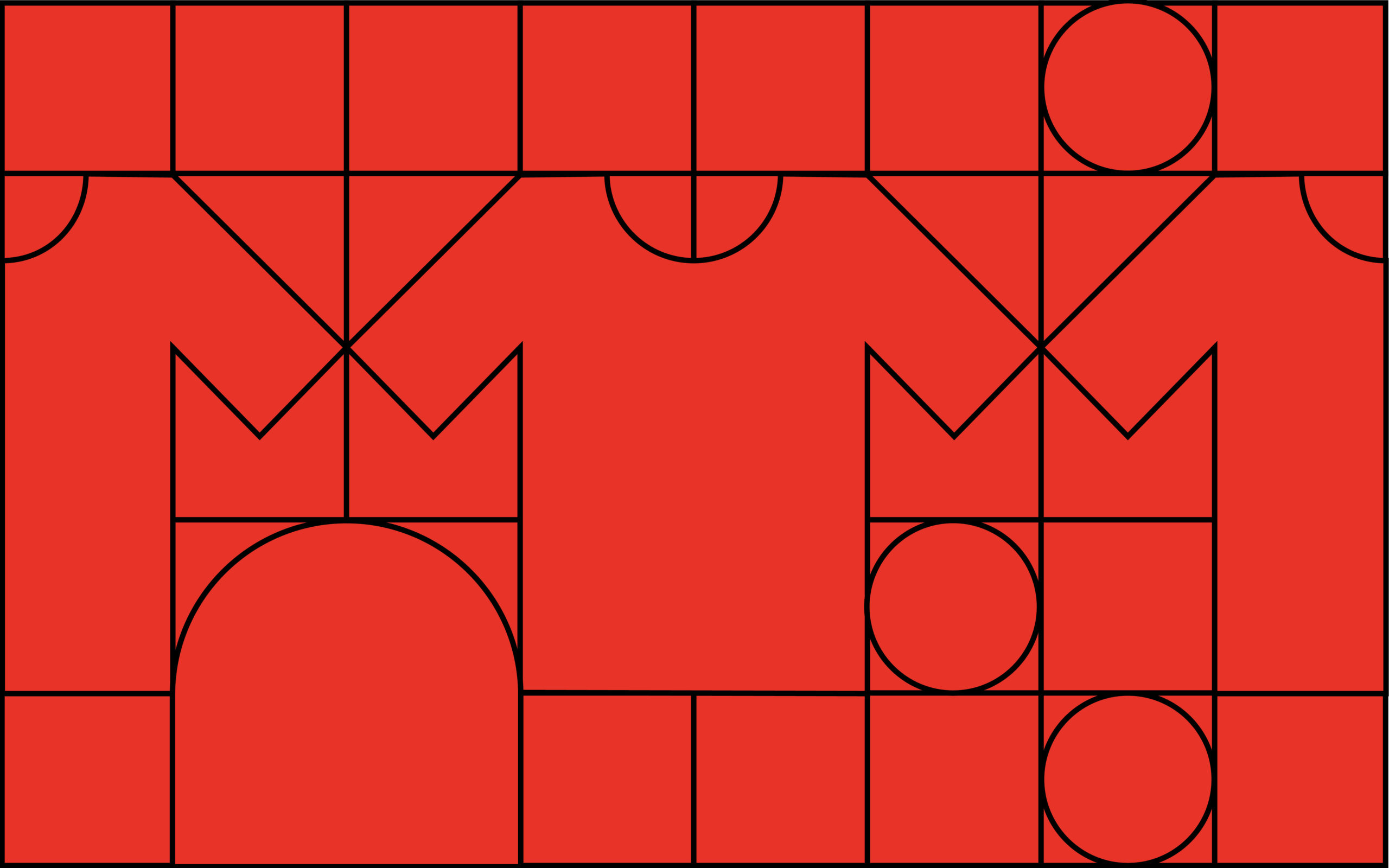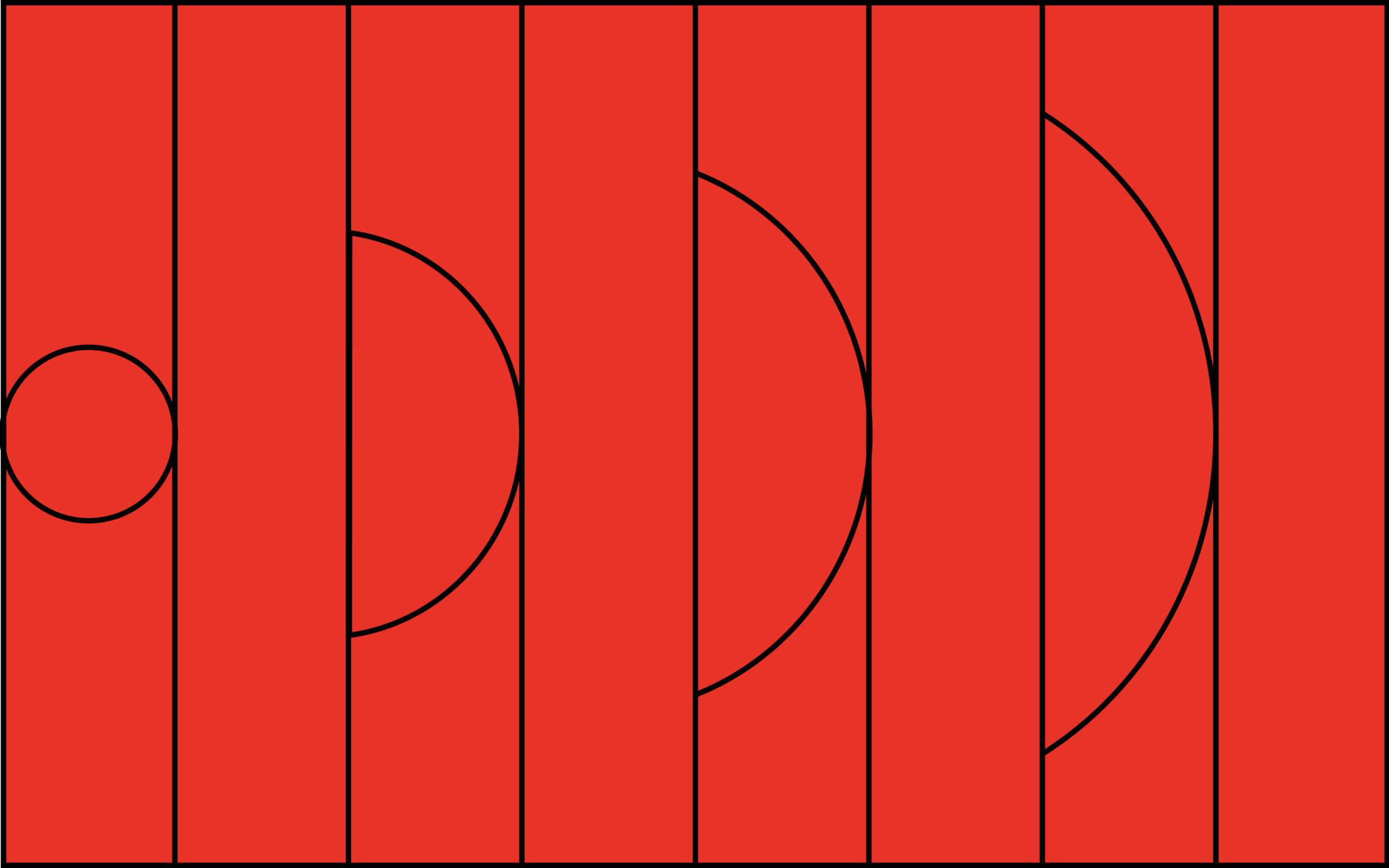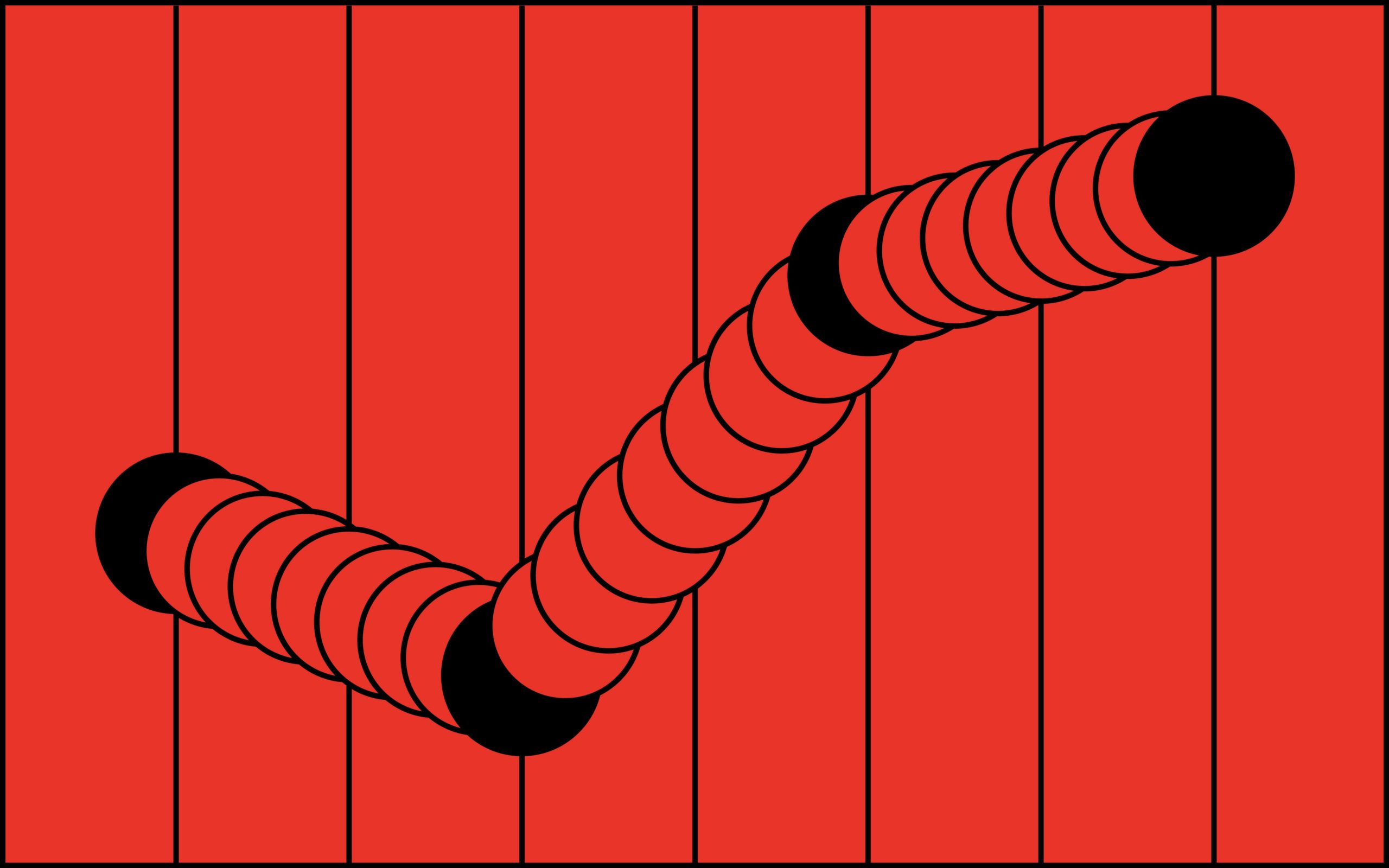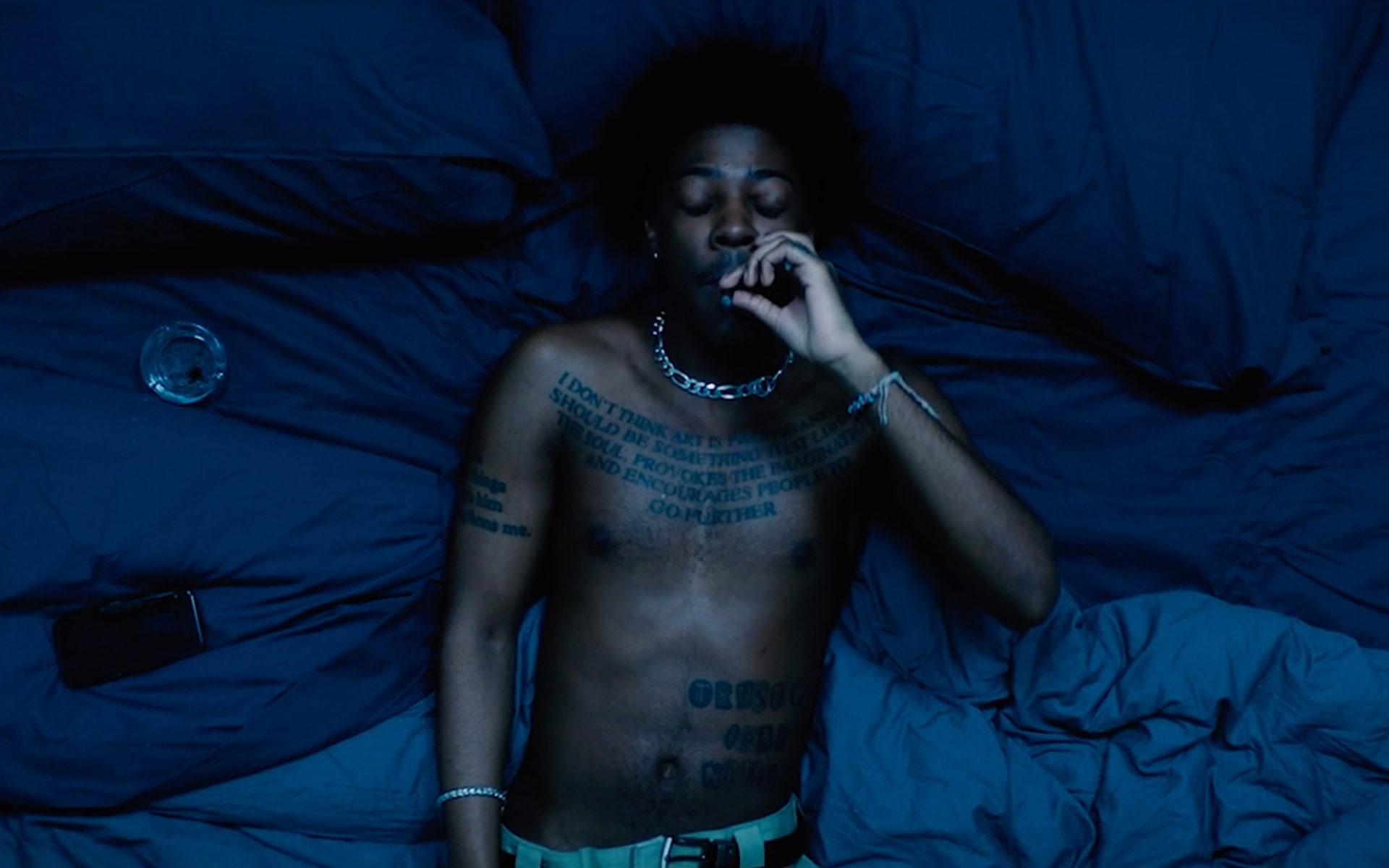Merch for Kanye West’s Life of Pablo release cycle included your standard options: stitched beanies, distressed denim jackets, and t-shirts. Met with unmatched enthusiasm, the line of goods reset industry standards for artist merchandise after reportedly selling $1 million in product in just 48 hours. This renaissance hasn’t only benefitted West, either. In 2018, licensed products garnered $3.48 billion for the entire music industry, marking an increase for the third consecutive year.
As the space continues its upward trajectory and particularly in light of Covid-19, merchandise has become a more important revenue stream for artists than ever.
Merchandising remains a reliable source of revenue that’s adaptable to the artist’s identity and release strategy. As a key part of marketing, it’s an opportunity for artists to build their brand outside their music and create a visual marker that can spread out into the wider world.
“It’s encompassing the full circle of artistry,” says Jason Wesley, Product Manager for Warner Music Artist Services. “It’s not just the music, it’s not just the music videos. It’s also how can we build up the brand and merch is always going to be a staple.”
While creating, selling, and distributing merch as an independent artist may seem daunting, Wesley shares some key points to help you form a plan of action.

Know Your Audience
What’s most important is knowing your audience and honing in on which products are most likely to resonate with your fanbase. Wesley recently worked with Lil Uzi Vert on the merchandise released alongside his album Eternal Atake. The rapper and his creative team spearheaded the designs, many of which integrated the same artwork as the album fans had spent years waiting on.
Beyond the standard run of T-shirts and hoodies, the drop also featured a pair of felt blacklight posters and a rolling tray. “Whatever your views are on the rolling tray are,” Wesley says with a laugh, “[they] definitely capture a kind of culture and vibe.”
That vibe is exactly why the rolling tray works. Thinking outside the box and creating merch that speaks to the shared culture between you and your fans is a powerful symbol of your relationship with one another.
Knowing what your audience will connect with is a matter of your artistry combined with instinct, but there are also goal posts to help you so you’re not going in blind:
- Explore the Insights feature on both Facebook and Instagram to learn more about your fans. These analytics tools can tell you where your audience is located, how it skews across demographics, and even when they’re most active — which can be particularly useful for finalizing drop dates and promotional strategies.
- For a deeper look at the numbers, consider subscription services like AtVenu, which provides insight specifically for tour merch on a bi-weekly basis.

From there, begin conceptualizing. There are countless possible products that can be branded — think of Supreme selling a brick, of all things. Rather than become overwhelmed by that endless choice, consider it a creative challenge to find the totem that resonates with your fanbase.
Wesley also points to Travis Scott’s bountiful Fortnite drops: a days-long run of gaming-themed apparel, accessories, action figures, NERF guns, and even lunch boxes. For Scott, who knew he had an audience full of gamers, they were informed, savvy offerings that were widely successful.
However, for those still perfecting their release strategy, you may want to start with the basics and incorporate some distinctions already proven to work.
- Instead of mocking up custom masonry, make a black T-shirt. Overall, T-shirts accounted for half of WMG’s merchandise sales in 2019, of which almost 60% were black.
- Put a date on it. “Any time you put dates on something,” Wesley says, “it’s going to sell. Whether that’s on a T-shirt, hoodie, or poster — everyone wants a time stamp that says they were there. It’s going to be the one that people want to commemorate that experience because it’s not going to be found anywhere else.”

Plan Your Production
After deciding on an idea, the next step is production. For label artists, upfront costs are either deducted from their royalties or billed later into the product run, when sales have already been made. But for independent artists, these payments can quickly pile up and paralyze their operation altogether. The costs are twofold: purchasing the blank products and paying for the application of graphics.
- For blanks, Wesley recommends S&S Activewear, which he himself uses at Warner. The wholesaler has a vast catalog of products from companies that include brands like Gildan, Hanes, and Comfort Color.
- Keep it simple — the more complicated your product design, the more expensive it’ll be. Each color requires additional labor by the producer, which can add up to $30 to $45 per design before accounting for the number of times it’s printed, Wesley says. And then there are minimum order requirements, which can generally start at three digits for larger production shops.

Production Alternatives
For those who can’t stomach this cost upfront, there are alternatives: Many independent artists use Shopify, which offers printing on-demand through several off-shooting applications — drastically reducing the amount of money you need to put up before seeing a return.
- Mockups can be created within the Shopify app, but you’ll need to upload your own designs (whether you choose to create them yourself or commission a designer).
- If you’re tackling the design process yourself, consider using Canva or CorelDraw Graphics Suite, which can be downloaded for a free trial and comes with a database of fonts and artwork. Adobe Illustrator, the popular choice among professionals, also includes a free trial but doesn’t come with a suite of presets.
- When your first drop is ready, promote your merch on social media. Qualifying pages can sell goods directly through Instagram, and for those who do follow the Shopify route, you can embed your store directly on your website. The more places you can list your merch, the better.
If you’d rather take out the guesswork, a vendor like Everpress lets you create campaigns in which pre-orders are collected. They even manufacture and ship the orders out, which makes this avenue a great entry point. (Peep their independent music section).
For all that’s suddenly disappeared in the music industry and beyond, the desire for music merchandise hasn’t dried up. In fact, even during this time of financial uncertainty, merch sales have actually risen 61% for Warner artists, a spike normally only seen during Black Friday.
More than anything, that reinforces how important it is to build and engage with your fanbase, and that there’s still room for growth and success in the midst of unprecedented challenges.





